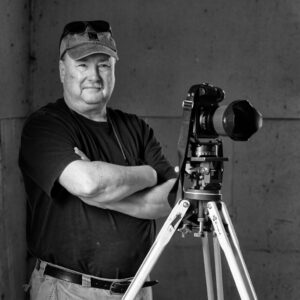
How do you define a project?
With no limit of subject matter for any artist we could spend our time photographing any and everything. On the one hand this offers us variety, a constant sense of newness, and that rush of beginning something. The potential problem with this approach is that we can end up repeating the same image, over and over, just on different objects.
An intentional project forces us to set parameters (boundaries), increase our focus, and really dive deeper into the experience. As we spend time returning again and again to our subject, we find new ways of approach and begin to see differently, as well as challenging and building our skills.
As most of us don’t have unlimited time, I’ve learned to better manage what I do have by organizing myself around four general elements before diving too deeply into the project abyss. These I share with you, not as the holy grail, but to get you thinking what your parameters for a successful project might be.
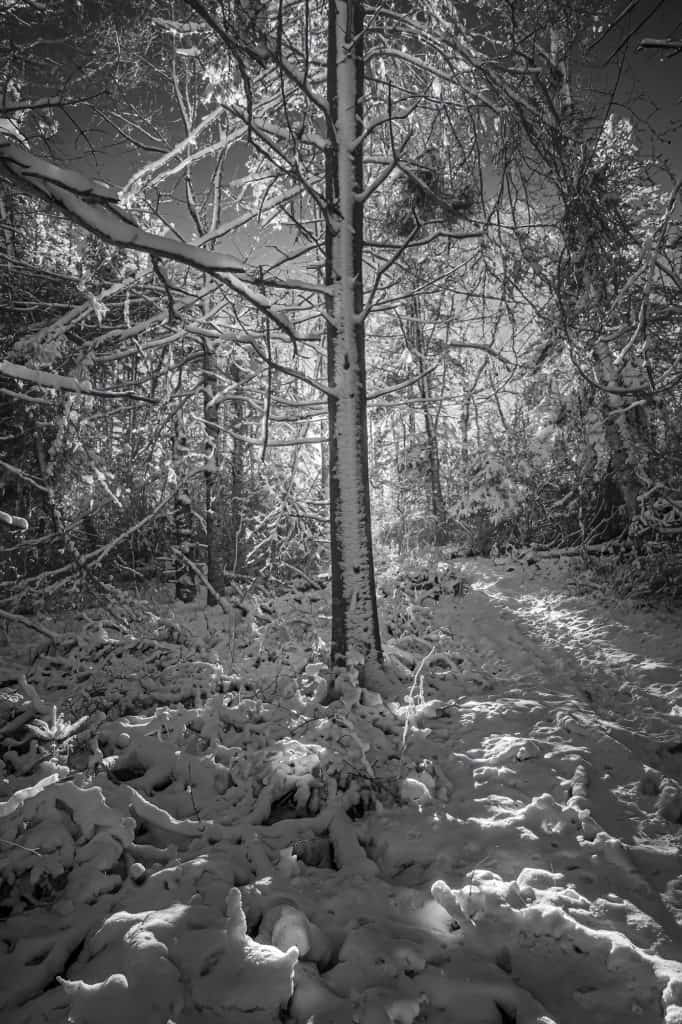
Statement of Intent
…is a helpful place to start. It should be a simple declarative statement about what I plan to do and how I plan to do it. I find I work best the more specific I am at the beginning. I can always tighten or loosen my parameters as the work progresses. I keep my statement practical, not unattainable (I want to save…) at the beginning as my artist statement continues to evolve as the project deepens.
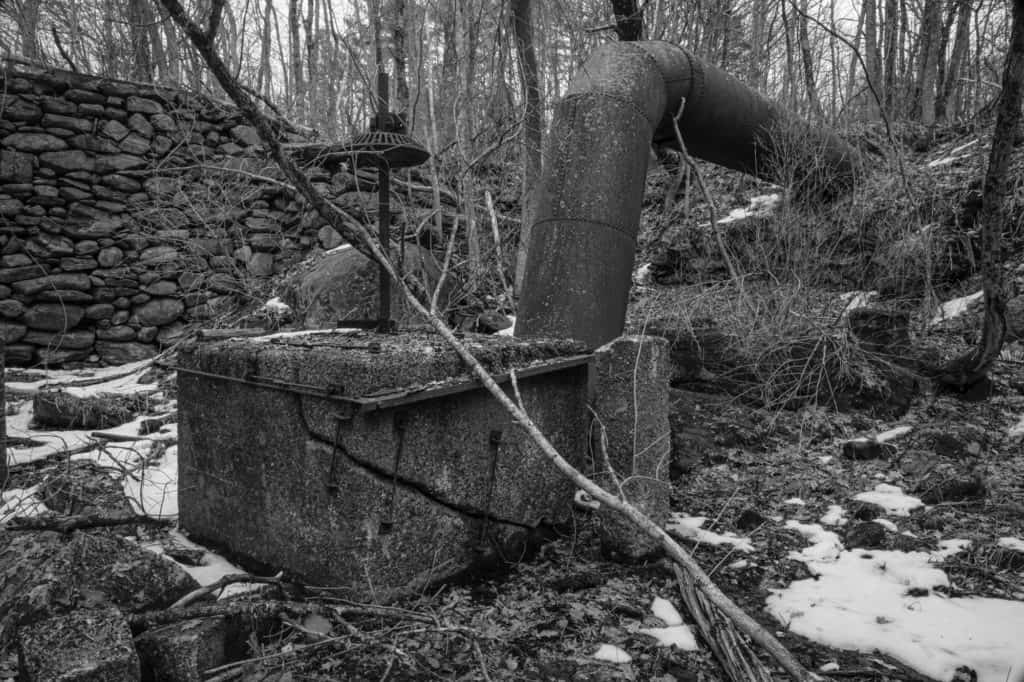
Belief in the Project
…as in I believe I can create exciting photographs about this idea or location. For myself I am always fighting the thoughts that everything has been photographed by someone else. So I’ve developed the habit of questioning, “Can I make an interesting photograph here?” Often this is all it takes for me to get past that self-doubt. As I begin to see the first few exciting images showing up, then the hard work begins. A project has depth, not just a few pretty pictures. Projects are easy to start and hard to complete. I consider it a good project when it requires me to get over myself on the disappointing images and go back to make better ones.

Accessibility
…is key for me. I need to return over and over to really understand what I am photographing and why. One of my recent projects involves photographing still-life images on our sun porch. I have been making images on this project every day for over two years. And although I did not live in Scotland, I spent forty-plus weeks over five years working on images, which became two books (Touchstones, Odin Stone).
For eighteen months, I walked the trails along the Jordan River (a river running north from Utah Lake to the Great Salt Lake), every weekend with my 8×10 Deardorff. It was near where I lived, and I could return to it regularly. I exposed film, processed, examined, and returned to photograph again. Knowing the picture was two feet left from where I photographed or wanting a better light was easily remedied by the regular returns to the location.
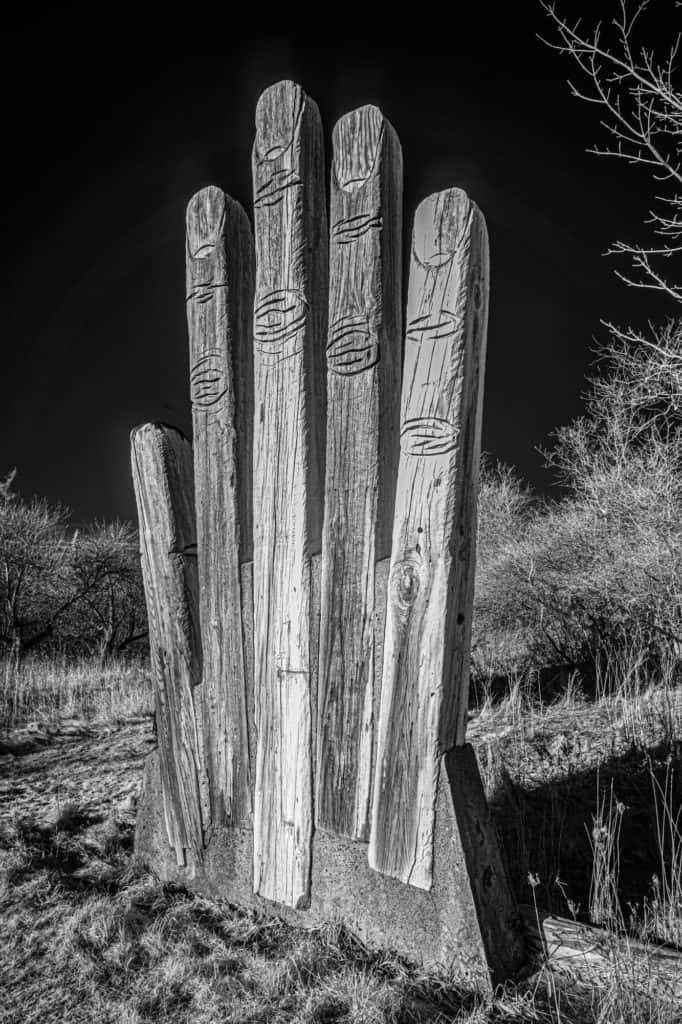
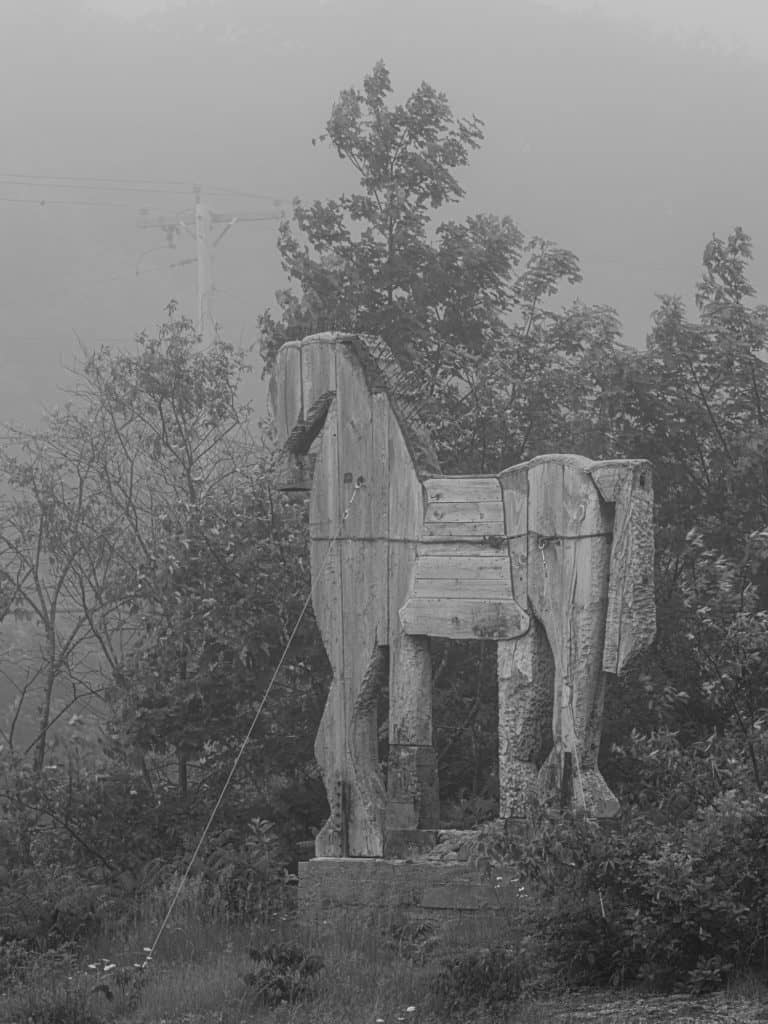
Information
My second love is history, so information about the location is important to me. The natural, cultural or structural history all inform what makes the location interesting to me. What was the place, and how has it changed? The better I comprehend the location, the better I recognize what is essential, and why I may want to photograph this and not that.
Currently I am photographing a long-term landscape project along the St. George River in Maine. My thesis statement is straightforward: To explore the length of the St. George River watershed over two or three years. The project grew out of a few random locations that I didn’t at first recognize were all connected by this river. The project is accessible. I can be at most trailheads within 10 – 30 minute’s driving. I visit two to three times a week, in all weather, year-round. I believe I can make strong images along this river, and I am working hard to do so.
I have researched and learned about the Wawenock who lived along the river from 7500 BCE. I have been reading about the first Europeans to visit and the time and locations of their first settlements. I’ve located the traces of the two canals built along the river’s course. The more I learn, the greater my curiosity for what life was like along the river.
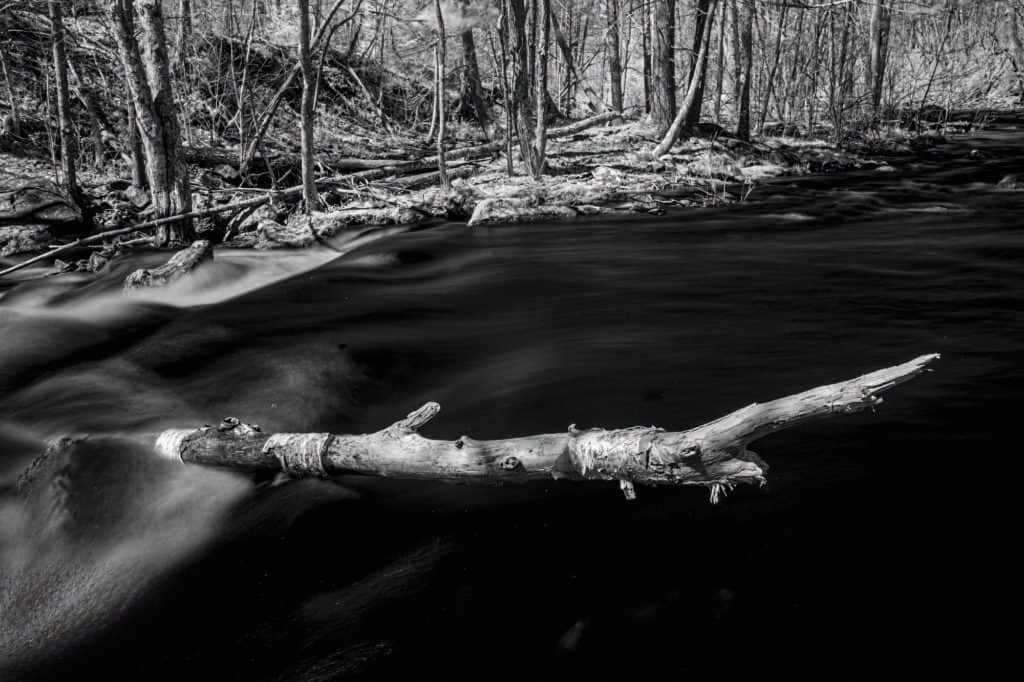
Photographing the Project
The hard work now is photographing the project with intent. In its best form, the project is a picture story. It is not enough to create a thousand photographs along a 30-mile river and call it a project. After defining and beginning the project comes the hard work of creating compelling images. A picture story has a sense of narrative; the viewer sees the overall elements of the subject. Narrative photographs lead from one aspect of the project into another, directing the viewer step by step into the world created by the photographer. Lastly, the concluding images wrap up the project. Every picture story or project should have overall photos that show the subject and its environs. Detail images enlighten or enhance the story. Middle distance images place particular elements in some context.
While you are beginning, you should think about the ending. How are you going to present your project? Will this be seen online, as a book or as prints on a wall? These decisions will inform how you make your images and approach your project. Each decision will affect other decisions as you progress through the project. Each medium (online, book, or print) has different requirements and the photographer should be aware of these to make the best choice of equipment for the job.
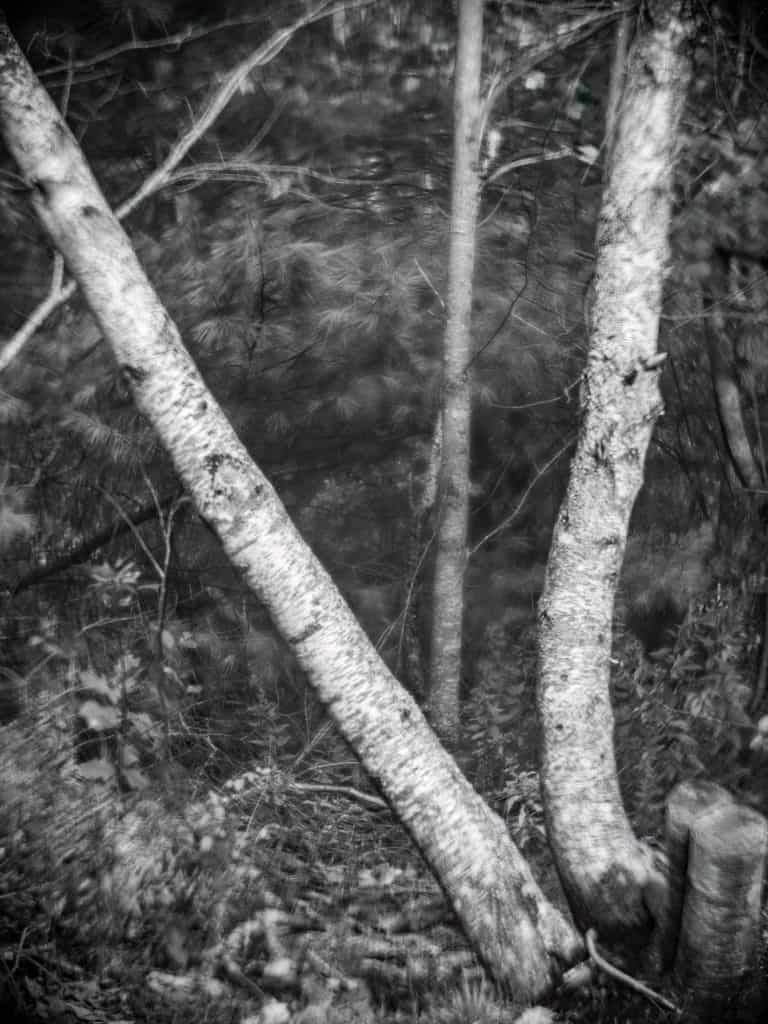
My project on the St. George River is “in process”. I photograph with my cell phone, Fuji GFX, Fuji XT3, and Fuji XT2 Infrared camera. I have used almost every lens I own. I have created thousands of images, walked many miles, and visited most locations several times. I think about the elements of cameras and optics, frame, vantage point, and time every time I go out. I edit the images to discover what is next. At this point, I am enjoying the creative process. I know that if I make prints, I will want them to be big, so I have made sure the files are big enough to make exciting prints. Will the project evolve into a book or exhibition? I have no idea. Currently, I’m simply posting these images on Instagram.
I work best in a project. I encourage you to create your own and enjoy the process.

